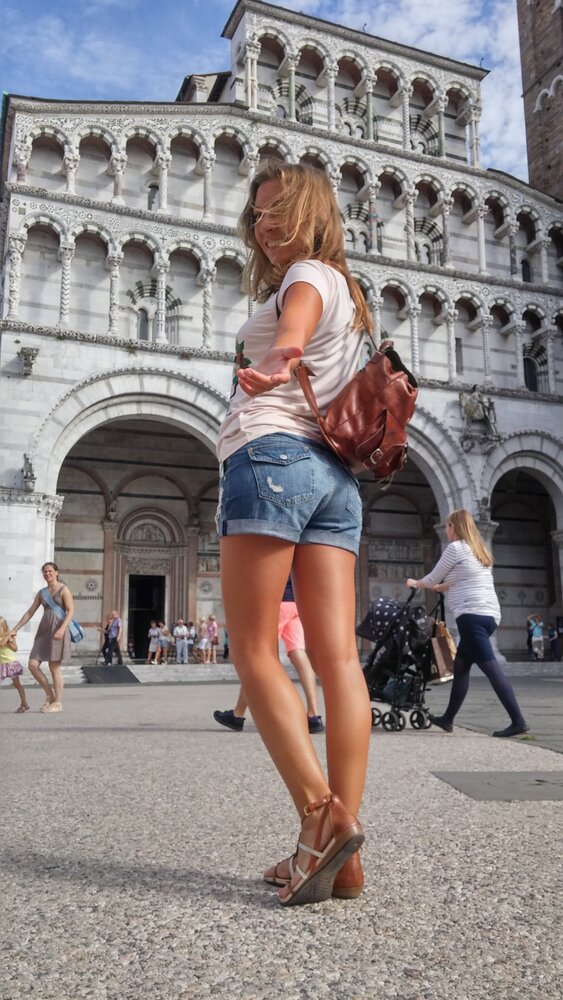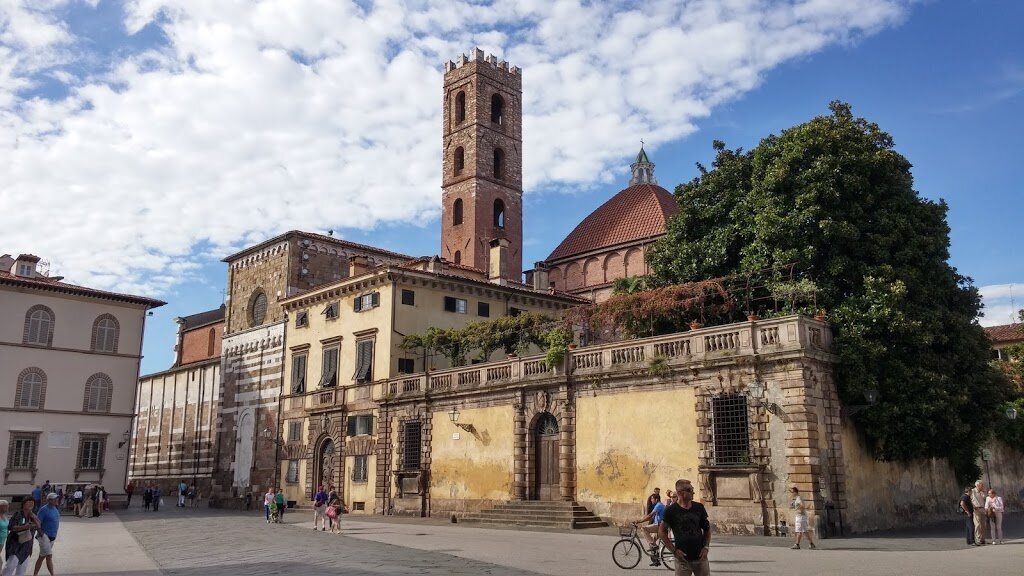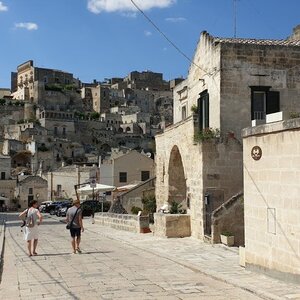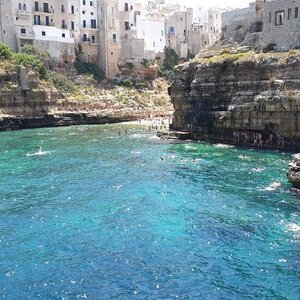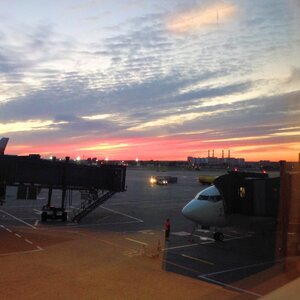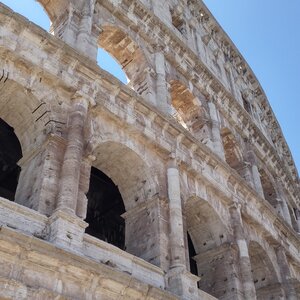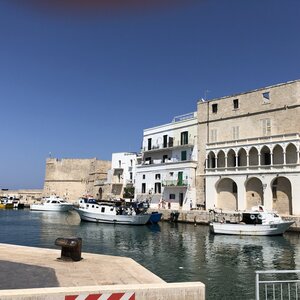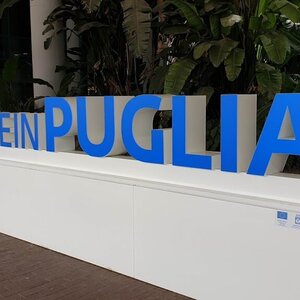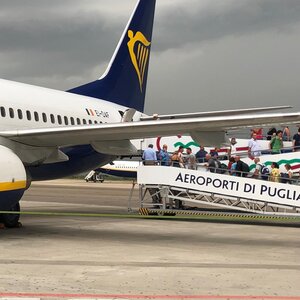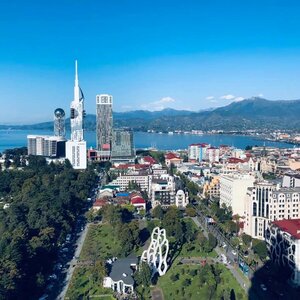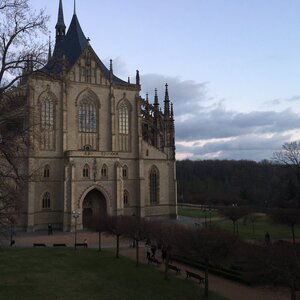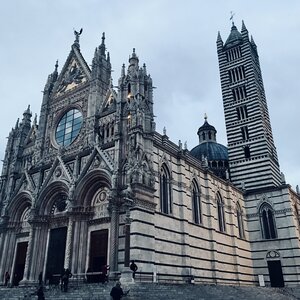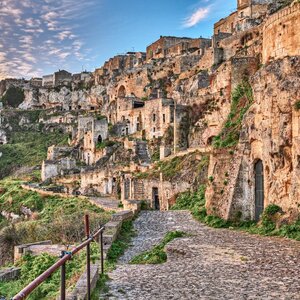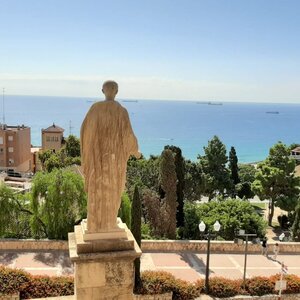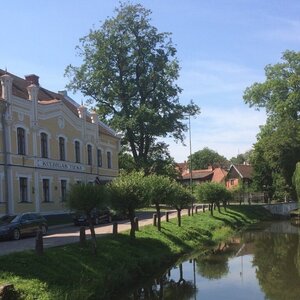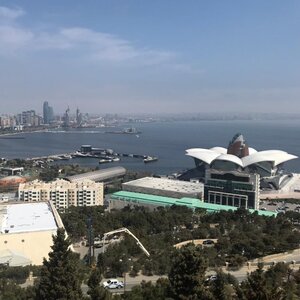It is a city that has perfectly preserved its treasures and hides them behind the glittering Florence and Siena: Lucca receives far fewer tourists, mostly organized tour groups. The city’s defensive walls have never fallen, and the historic center is so authentic and neat that it feels like being on the set of a historical film. Lucca is definitely worth a visit and an overnight stay in or near the Borgo: in the evenings, when the few tourist groups leave, the city streets are quiet and especially cozy.
One day is enough to immerse yourself in the charm of the birthplace of the famous composer Giacomo Puccini. For a few days in Lucca, people come to taste the wines of the surrounding Tuscan wineries: several wine routes leave from Lucca.
This is one of my favorite cities in Italy, and I’ll tell you what to see here if you’re coming to Lucca for a day or a night.
All the sights of Lucca are concentrated in a small area of the historical center, where museums, cathedrals, squares, palaces and gardens fit. It is safely hidden behind a fortress wall surrounding it on all sides, on which a whole forest now grows. Behind these walls live modern Luccans: walking through the historic center, which is not very crowded compared to Florence or Pisa, it is hard to imagine that the population of the city is almost 90,000 people. Climb the wall and you’ll see their houses all around.
Lucca appeared in the II century B. C. From the Romans remained the square on the site of the former amphitheater and two major streets — Fillungo and Cenami, which according to Roman tradition divided the city into 4 quarters and crossed at the forum. In the XIII century Lucca became the largest commercial center of Europe, challenged the position of Florence as the main city of Tuscany and the last, until the XVIII century maintained its independence and republican structure.
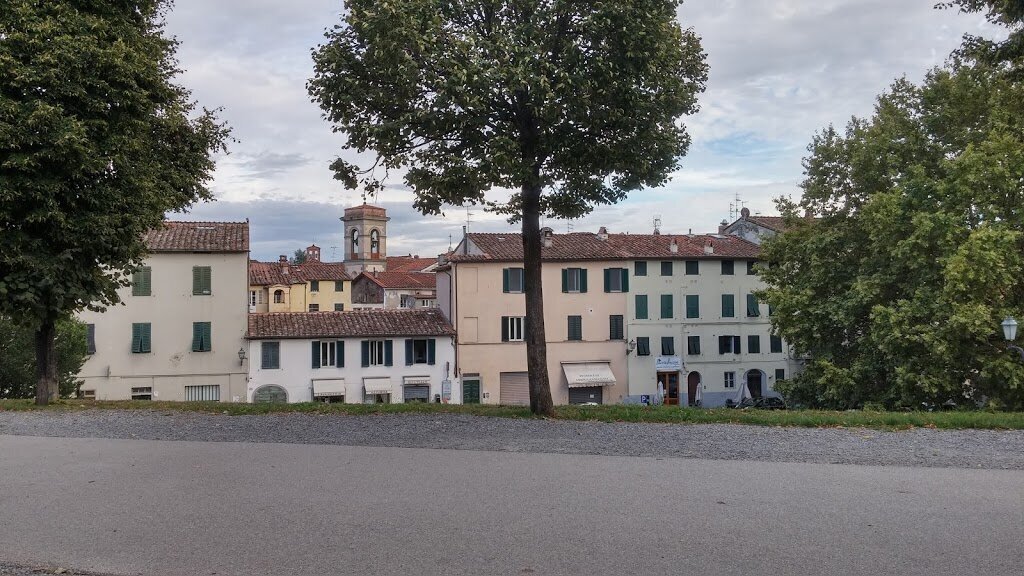
The city walls of Lucca
Perhaps Lucca’s most impressive landmark is its city walls. The perimeter of the walls is just over 4 kilometers. The walls were built in the XVI century and have 10 defense towers — among the historical cities of Italy only Lucca managed to keep all the defense towers intact. The main tower Palazzo degli Antziani collected information from the other 11 signal towers. Communication was accomplished by the sound of the bell and the light signals of the lanterns.
From wherever you enter the historic heart of the city, you will pass through one of the gates of the city walls. Once upon a time, a foreigner could enter the city through the Porta San Pietro, Porta Santa Maria or Porta San Donato gates. Nowadays, the gate buildings house various organizations, such as the opera house and the bridge sports association.
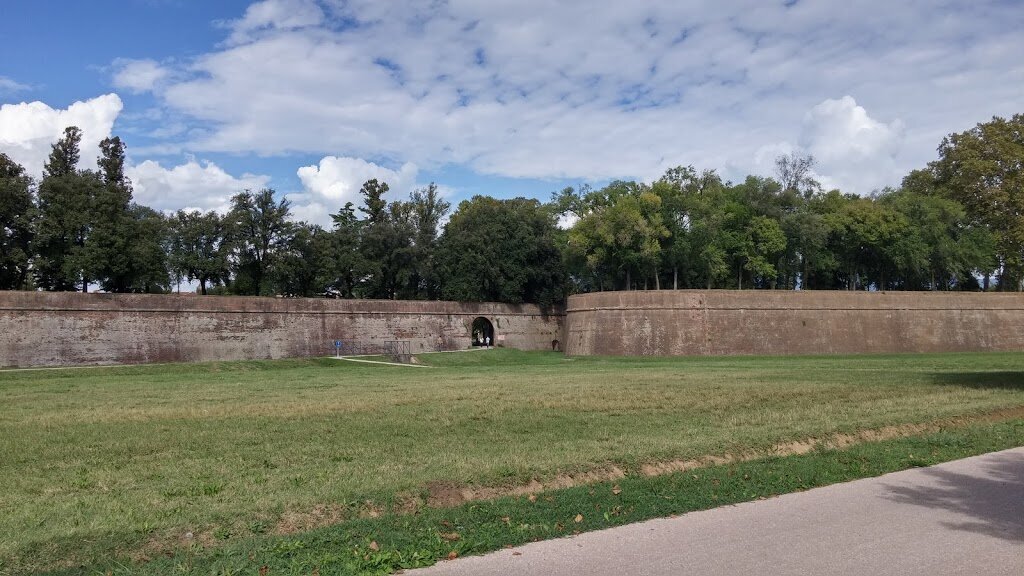
For many years, the walls protected the city during wars and floods, and in the early 19th century they were turned into a public park: lawns were laid outside, trees were planted on top and paths were laid. Today, locals jog along these paths and picnic on the roofs of the former towers, and city events are often held on the lawns by the walls.
More information about all the gates and city events on the walls: on the website
Cathedral of San Martino (Duomo di San Martino)
The first building of Lucca’s main church was built in the 6th century, but what we see now is recognizable 12th century Pisan architecture. Lucca Cathedral has one unusual detail: its facade is asymmetrical and is believed to have always been so. On the side where the bell tower adjoins it, the facade has only 3 arches instead of 5.
Inside, the cathedral is not particularly interesting, although it houses several masterpieces: Tintoretto’s Last Supper, Zuccari’s Adoration of the Magi, and the ancient crucifixion of Volto Santo in a separate chapel. But the tombstone of Ilaria del Carretto is considered the most appealing and romantic of them all. She was the wife of the city’s ruler Paolo Guinigi and died in childbirth at a very young age in 1406. Strangely enough for those times, her husband loved her madly, so he invited the famous sculptor of the time, Jacopo della Querci, to create the monument.
- Opening hours: Mon ー Fri from 9:30 to 18:30, Sat 9:30 ー 18:45, Sun and holidays 12:00 ー 18:30
- Ticket: 3 €, children under 6 years old and disabled ー free of charge.
- Cathedral website
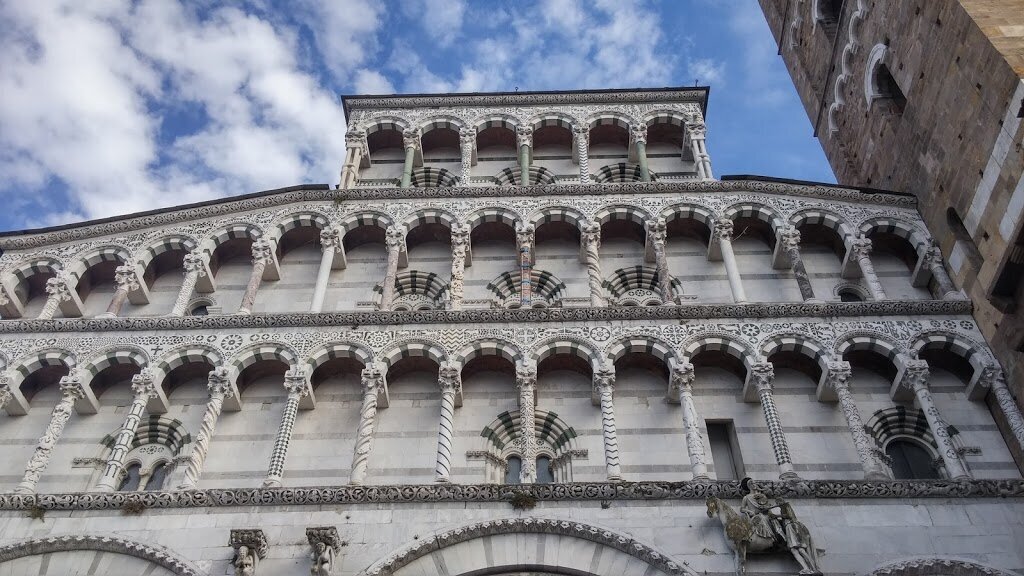
Basilica of San Michele in Foro (Chiesa di San Michele in Foro)
This church is recognized by the statue of Archangel Michael on the roof of the building. According to legend, he wears a ring with a real diamond on his finger and its brilliance can be seen in the evenings, at certain times, from a certain point in the square. Whether anyone has actually seen it is unknown, but this legend is even mentioned on Lucca’s city website. By the way, the spacious square on which the church stands is a former Roman forum, as hinted at by the «in foro».
The church of San Michele is in the same Pisano-Luccan style as the cathedral. Take a closer look at the carved columns on the façade of the church: each one is a work of art in its own right.
- Opening hours: from 07:40 to 12:00 from 15:00 to 18:00
- The church doesn’t have a website, but you can read more about it on the city’s website.
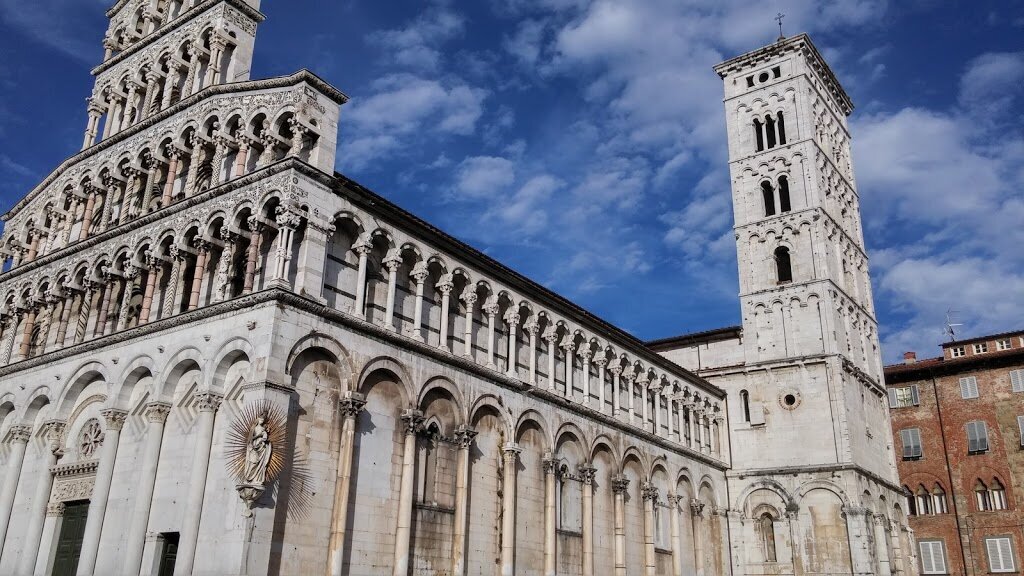
Via Fillungo (Via Fillungo)
The Romans built cities so that the forum was the intersection of two main streets. In Lucca these streets have been preserved, and one of them is Via Filungo. Around the forum and these streets grew the historical center of the city, the main building was in the Middle Ages, so Via Filungo still preserves the old, medieval atmosphere. It’s full of jewelry stores, souvenir stores, boutiques and cafes, and it leads you straight to the Basilica of San Frediano, one of the oldest churches in the city.
Basilica San Frediano (Basilica San Frediano)
The first documentary mention of the church dates back to 685. According to legend, the church was founded by St. Frediano himself, Bishop of Lucca. The church is famous for the mosaics on the facade, which are generally rare in the Romanesque style. Inside, an ancient font from the 12th century has been preserved.
- The church’s website
- Open from 08:30 to 12:00 and from 15:00 to 17:00. On holidays: from 10:30 to 17:00
- Entrance: 3 €
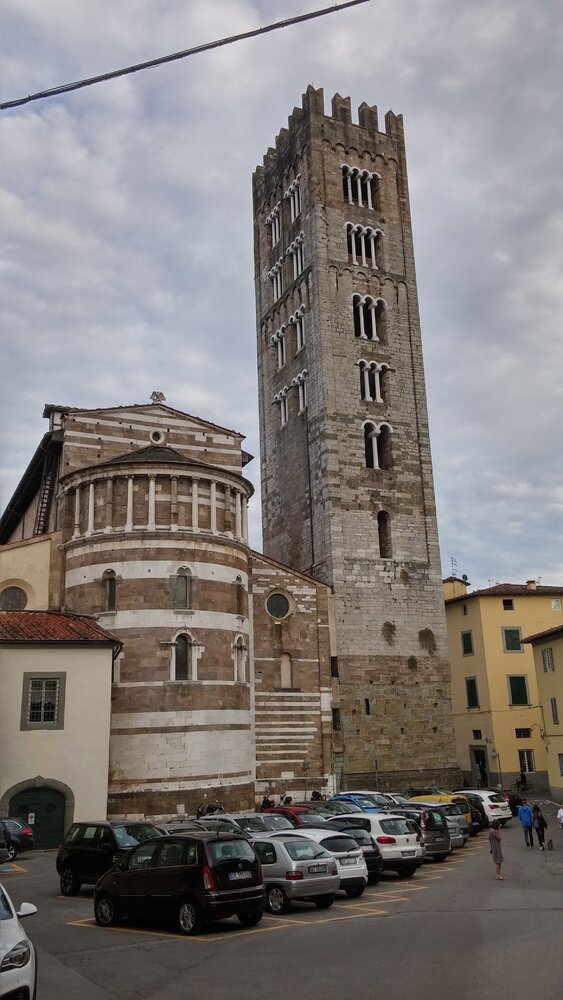
Market Square (Piazza dell’Anfiteatro)
Take a closer look at the buildings around the Market Square: in some places you can see stones that are obviously older than everything around them. These are the remains of a former Roman oval-shaped arena. The gladiators left, the arena was abandoned, and over time new houses were built on the ruins of its stands and walls. But the shape of the square remained oval. The arched gates on several sides of the square are the former entrances to the stands.
The towers of Lucca
Lucca has several towers that can be climbed, the tallest of which is the Torre delle Ore (Clock Tower). The first clock on it was installed in 1390 and the time was struck by means of a bell. The dial appeared only a century later. A staircase of 207 steps leads up to the observation deck, which overlooks the entire city.
- Mode of operation: closed November through February, March through October, 9:30 a.m. to 5:30 p.m. to 5:30 p.m. to 7:30 p.m.
- The tower’s website
- Entrance: 5 €
Another famous medieval tower in Lucca is the Torre Guinigi (Guinigi Tower). This tower has become a symbol of Lucca and you will see it on many souvenirs and postcards. Even more tourists seek to get to the tower than to the Clock Tower. The tower owes its popularity to its hanging gardens. It is not known exactly when the oak trees were planted on the roof, but it seems to have been a common pastime of wealthy families: depictions from the 15th century show similar gardens on many of the roofs of private towers in Lucca.
- Opening hours: from 9:30 to sunset, in summer — until 19:30
- Entrance: 5 €
- The tower’s website
Both towers and the Botanical Gardens can be visited with a combined ticket: 9 € for all.


Palazzo Ducale (Ducal Palace) and piazza Napoleone (Piazza Napoleone)
Piazza Napoleone is the center of political life in Lucca today, for which it is called «piazza grande» («big square»). The square is relatively young: it came into being in 1806, when Lucca was ruled by Napoleon’s sister Elisa Bonaparte. The Ducal Palace, which now houses the city administration, dates back to the 13th century.
The palace is open to the public.
- Schedule: Mon through Fri from 8:00 a.m. to 2:00 p.m., Tues and Thurs from 2:30 p.m. to 5:30 p.m.
- Entrance 4 €
- Website
Lucca Museums
It’s unlikely that you’ll have the time and energy to walk through the museums on your first day in Lucca. But if you decide to stay in the city for another day or two, you can check out the most entertaining places.
Museo Nazionale Di Palazzo Mansi (National Museum of Palazzo Mansi)
It is a place for connoisseurs of painting. The luxurious palace was built at the end of the XVI century, the Mansi family lived here until the middle of the middle of the XX century, and then the palace became the property of the state and the National Museum was organized here.
The Muncie Museum has a large art gallery and a collection of 18th century furnishings. All the major schools of painting are represented: Flemish, Venetian, Tuscan, Emilian and others. There are works by Tintoretto, Guido Reni, Jacopo Pontormo and many other masters.
- Working hours: Tues-Sat, 9:30 to 19:30
- Entrance: 4 €
- Website
Palazzo Pfanner (Palazzo Pfanner)
The palace is still owned by the Pfanner family, descendants of a German brewer who came to Lucca in the 19th century at the Duke’s invitation to brew German beer. The business quickly took off and the brewer, who initially rented only a cellar for brewing, gradually bought the entire palace from its owners.
The Baroque building is not open to the public: you can see the main hall, living room, bedroom, dining room and old kitchen. Everything is quite authentic and furnished with antique furniture. The Pfanner family lives in the remaining rooms and three suites are rented out, available for a week for 660 €.
The main hall displays the collection of medical instruments of one of the owners of the palace, Pietro Pfanner, a doctor and mayor of Lucca in the 20s.
In the palace you can stroll through the beautiful garden of the Italian Baroque period.
- Working hours: from 10:00 to 18:00
- Admission: 6,5 €, includes a visit to the garden and the residence
- Website
- Rental apartments: three suites
Museum of Torture (Museo della Tortura)
You will see with your own eyes a real guillotine, learn that the Virgin of Nuremberg is a torture sarcophagus with spikes inside, and that the fidelity belt is actually a protection not against adultery, but against rape while traveling. You will probably remember the collection of sophisticated instruments of execution and torture more than all the paintings and sculptures of Lucca put together.
- Working hours: daily from 10:00 to 20:00
- Admission: 10 €
- Website
Botanical Garden of Lucca (Orto botanico comunale di Lucca)
The Botanical Garden was founded in 1820 by Duchess Maria Luisa, the same one who turned the city walls into a public park. Today there are more than 200 species of plants, some of which were planted in the early 19th century. Even if you’re not interested in botany, you can just hide from the heat here.
- Opening hours: November through March, the garden is open by reservation only. In high season it is open from 10:00 to 19:00. These times vary depending on the season, check in advance on the website.
- Entrance: 5 € separately or 9 € on a combined ticket together Clock Tower and Guinigi.
- Website: Botanical Garden of Lucca
Museum of Contemporary Art (Lu. C.C.A. — Lucca Center Of Contemporary Art)
Eight white-washed exhibition halls with paintings, photographs, installations by contemporary creators of Italy.
- Working hours: W — V from 10:00 to 19:0
- Admission 10 €
- Website
Where to stay in Lucca
All the tourist life of Lucca is concentrated in its historical center, outside of which there is nothing to do. This center is like a separate life of its own: wine flows in a river without weekends and late at night, postcards can be bought and mailed on every corner, and all this in an uncrowded, authentic medieval town.
To get a feel for Lucca, you should definitely stay here for a night. The best place to stay is in the historic center, but if you don’t like old buildings or night noise outside your windows, the best option is in the new part of the city within walking distance of the city walls.
We stayed just outside the city wall at Hotel Bernardino. It was a 10 minute walk from the hotel to the nearest gate. I wholeheartedly recommend this small family-run hotel in a quiet area, with warm and gracious hosts, delicious and rich, by Italian standards, breakfasts. Room — 80 € per night.
Useful links for preparing a trip to Lucca
- Lucca city tourism website
